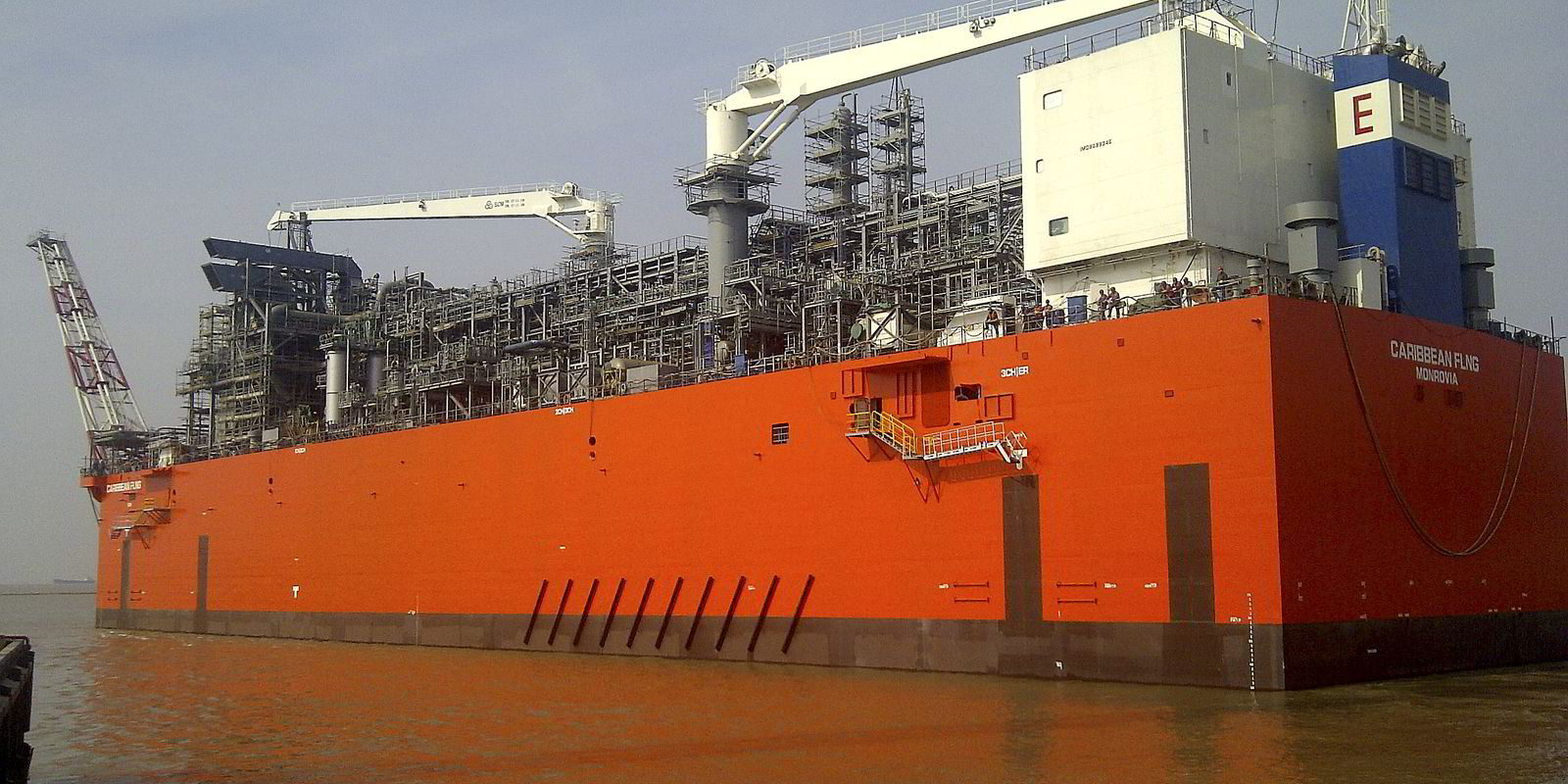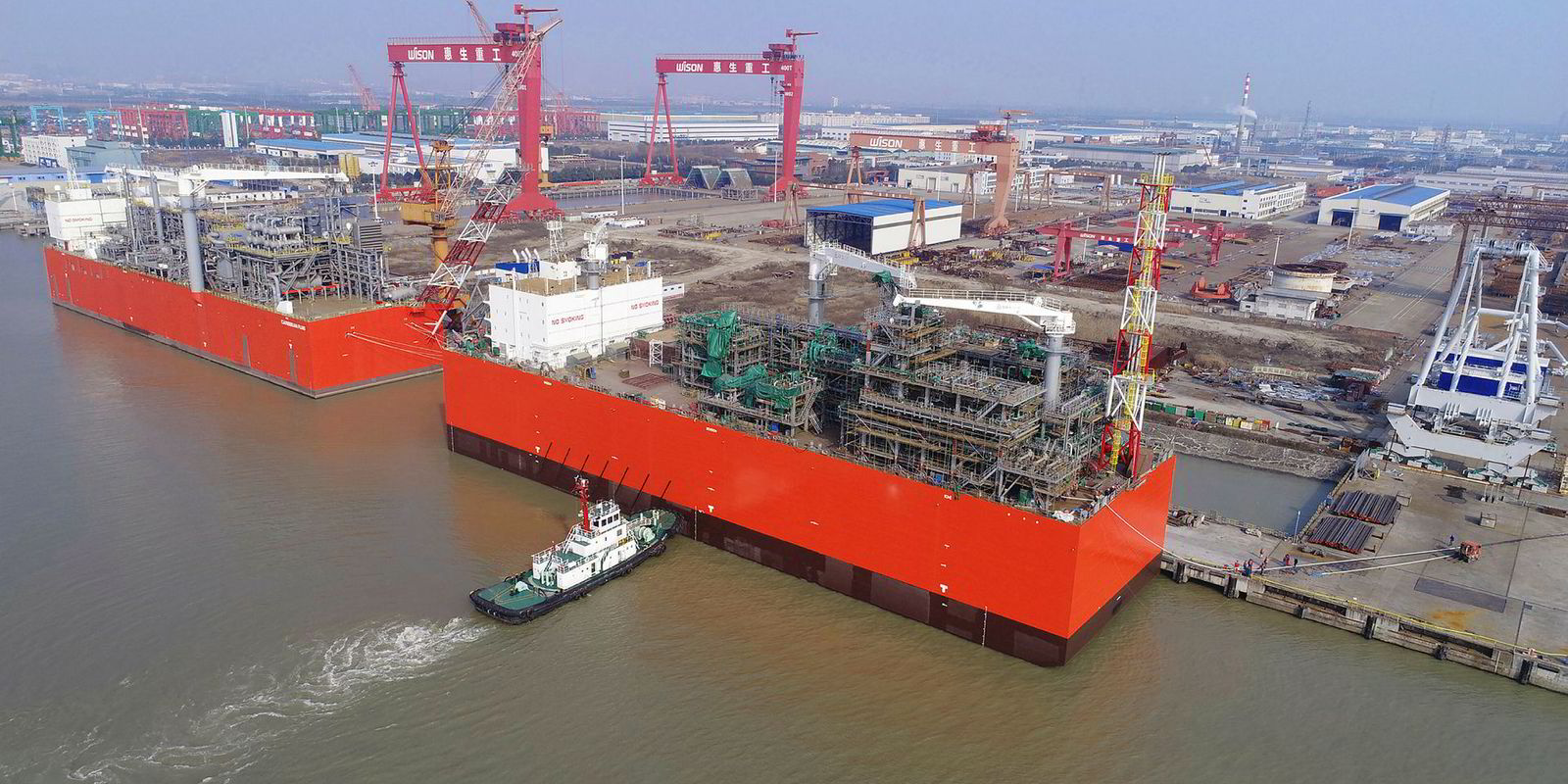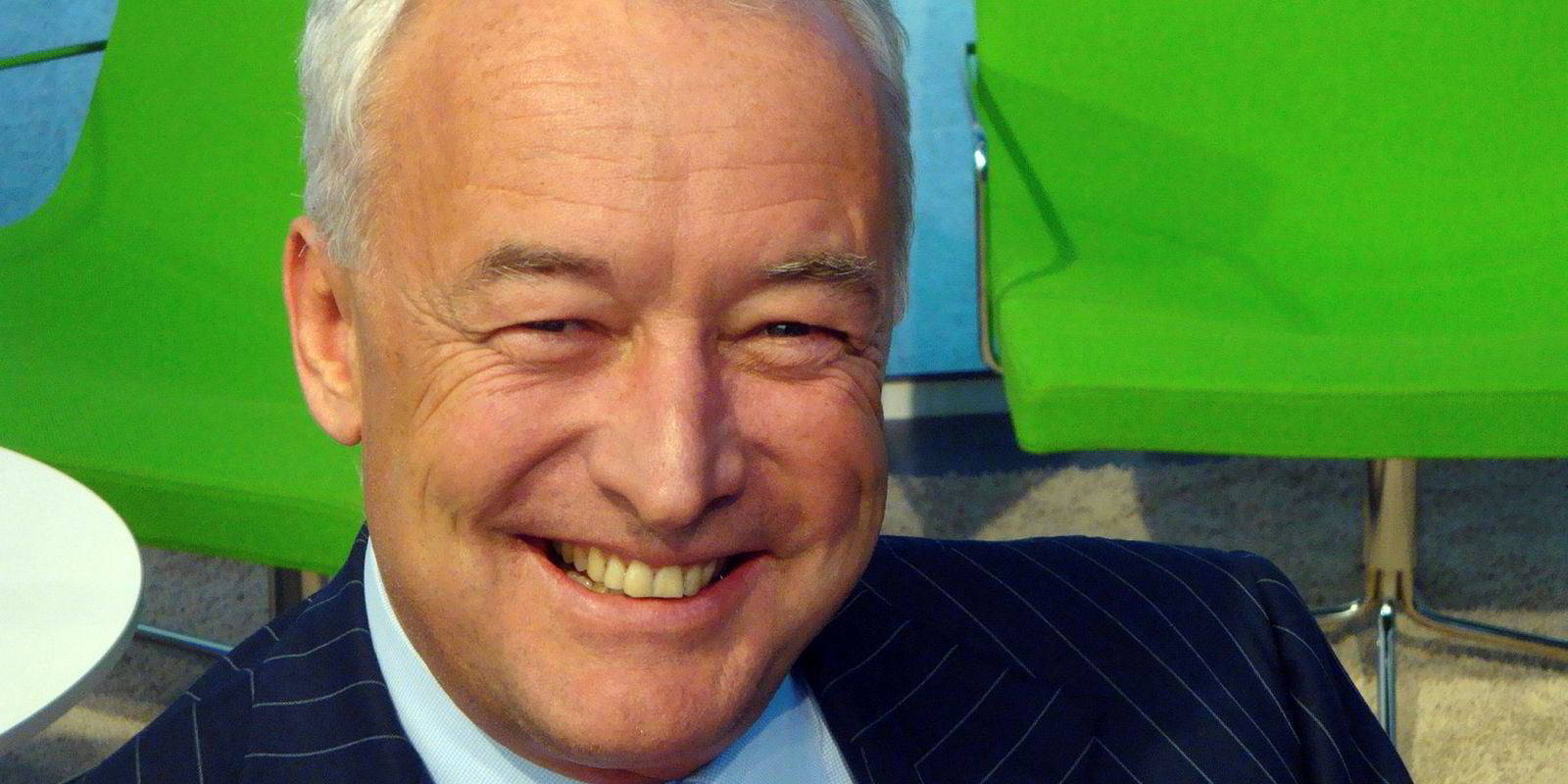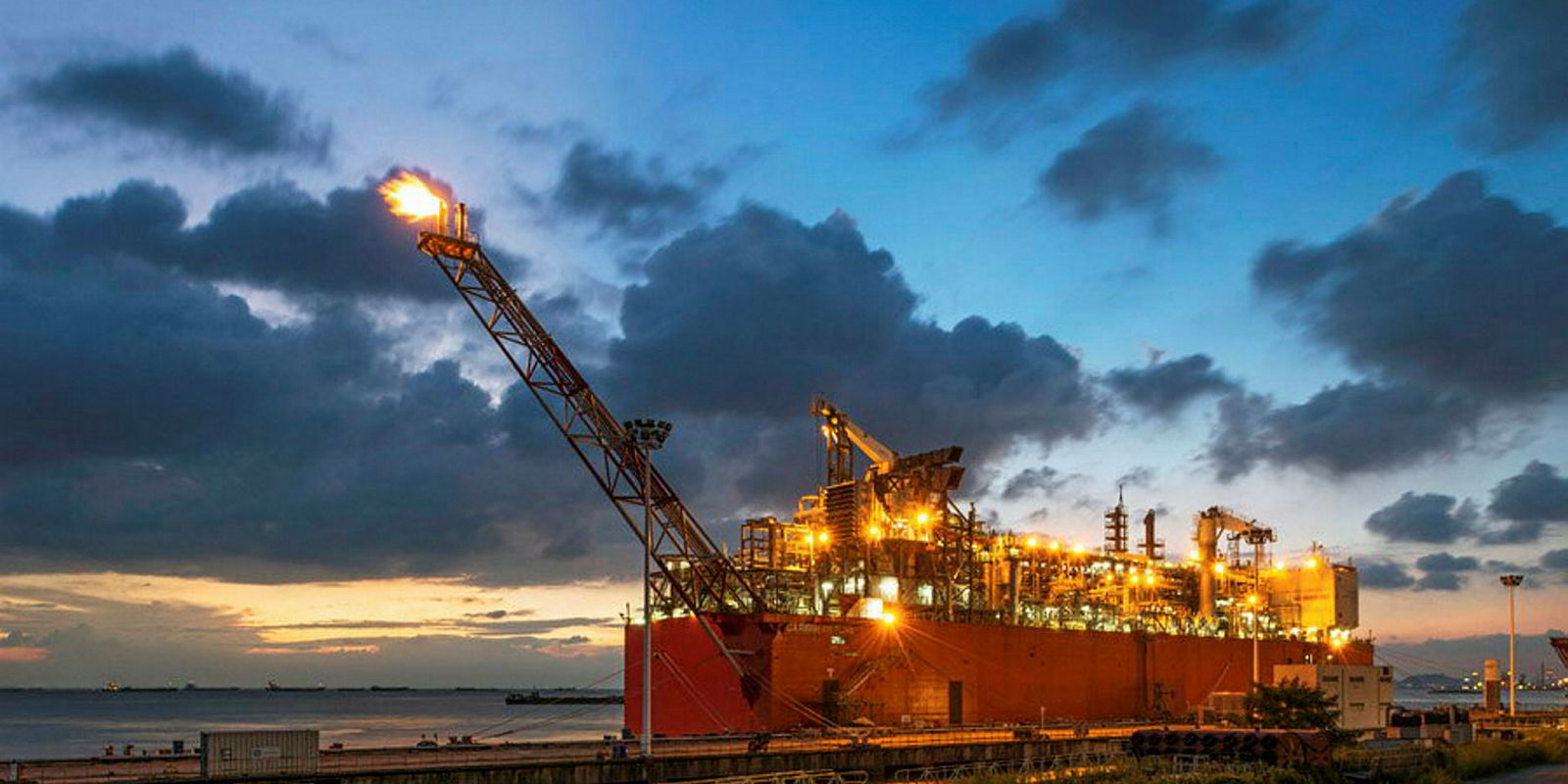Belgium’s Exmar finally found a home for its unemployed floating LNG (FLNG) production unit this week by locking its small-scale floater into a 10-year contract with Argentina’s YPF in a deal that chief executive and managing director Nicolas Saverys says will change his company’s fortunes.
Saverys admitted that Exmar has wrestled with its finances over the last few years. But he said: “Now [that] this is done Exmar will be a totally different company.
“It will turn Exmar into a company which will have on an annual basis an Ebita of $120m-$130m. That changes Exmar.”
Speaking to TradeWinds, Saverys summed up his mood as “relieved” after securing employment for the pioneering barge-based floater six years after it was ordered.
Now [that] this is done Exmar will be a totally different company
He said it has been “a difficult journey” because of the bankruptcy of the unit's original charterer Pacific Rubiales Energy two years ago, leaving Exmar struggling to find alternative employment for the pioneering unit. “It’s too long in a lifetime,” he said.
Back on track
Saverys, who said he is “happy" and "back on track”, said that employing the FLNG barge will leave Exmar with cash to do other things.
“We will continue to do these kinds of products — small-scale regasification, small-scale liquefaction," he said, mentioning the company's mini floating storage and regasification unit, which is fixed to trader Gunvor. "We have a lot of skills that are already known worldwide."
He is clearly scarred by his experiences with the FLNG barge.
Asked whether Exmar will build LNG assets again, he replied: “On spec [speculation], no way.”
“I do very much believe in this [FLNG] but next time we would want some very strong guarantees from the one who would want us to own and operate,” he said. “PRE [Pacific Rubiales Energy]was not strong enough.”
I think that indeed in complex floating structures like this barge we have a message to deliver
Saverys thinks the LNG carrier sector is already “over-built” with what is already on order.
He is also sceptical that even with a long-term charter there is any upside for making money.
“I think in LPG we still have a very strong message,” he said. “I think that indeed in complex floating structures like this barge we have a message to deliver.”
When asked how the last six years have been, Saverys replied: “The worst ever.”
“You are not in control,” he said. “If you have a ship, you will always find employment. But here this is not a ship. This is an industrial product which does not fit everywhere, does not have always all the flexibilities.
“If you have a capesize bulker, or a VLCC or a VLGC the market is the market but there is a market.
“Here you have a very good tool, but you don’t know where you can put it.”
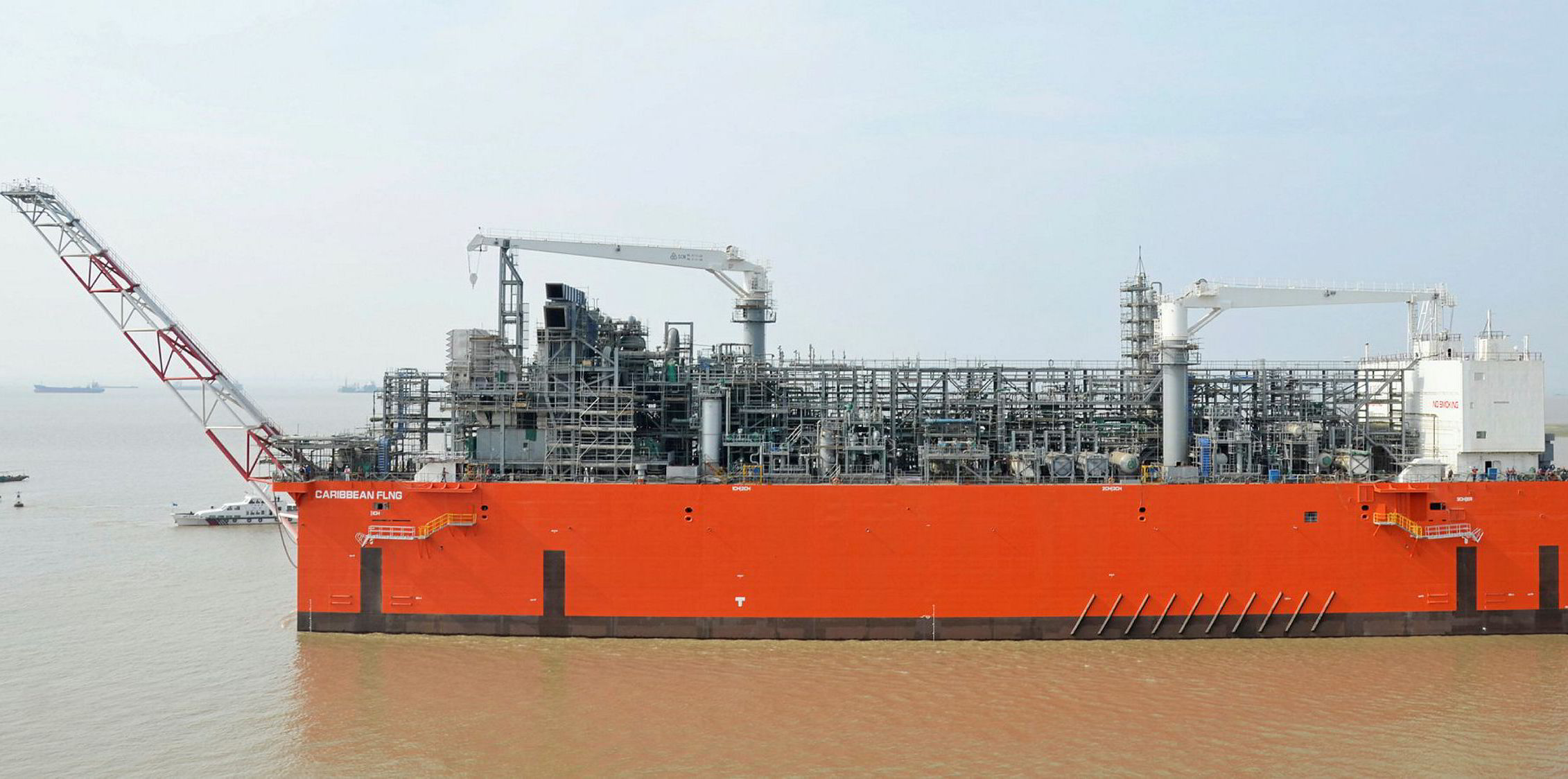
Good match
At one point, Exmar was seen offering the unit to Iran, which Saverys saw as “a perfect technical match”. But international sanctions and difficulties over business negotiations within the country scuppered any deal.
Congo was also being investigated as another location, with Saverys admitting the company has tried everywhere in the world that there is gas.
He said he “absolutely did not give up” during the process, attributing the company’s troubles in fixing the unit to gas price fluctuations. But he admitted that Exmar was very lucky to have found a match.
The company, which has a history of working in Argentina on floating regasification, started discussions with YPF in mid-August, signing a 10-year tolling agreement on the FLNG unit this week, just three months later.
Saverys hailed this timing as “a world record”, adding, “that I think has never happened in the industry”.
“We have a barge that we want to find employment for and Argentina has gas — the second-largest shale gas reserve in the world — which it also wants to find a market for,” he said.
“Argentina is in desperate need of foreign currencies and exports and we have the product to help them do this.”
The barge-based floater, which was officially delivered by Wison Offshore & Marine, in July 2017, will become the world’s smallest FLNG unit when it starts operations in April from a quayside location in Bahia Blanca.
It will be supplied by pipeline gas extracted from Argentina’s Vaca Muerta shale gas reserves.
Saverys said the unit cost around $360m, which he said is “very much what we have foreseen”, adding that the price to replicate the floater today would be slightly under $500m.
“We have a lot of internal know-how,” he added, explaining that Exmar has been approached about building three-million tonne per annum FLNG barges.
But he stressed that these larger structures have high costs. “Our money is not cheaper than the money of an oil major,” he added.

